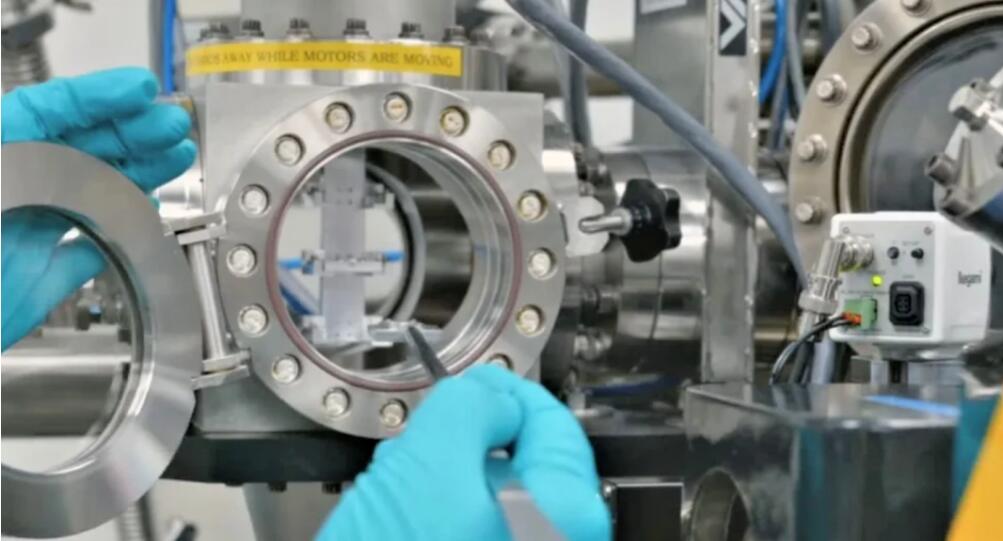
New magnetic material could make smartphones significantly cheaper
source:globalnews
The new materials are called spinel-type high entropy oxides (HEO). By combining several commonly found metals, such as iron, nickel and lead, researchers were able to design new materials with very finetuned magnetic properties.
A team led by assistant professor Alannah Hallas at the University of British Columbia developed and grew the HEO samples in their lab. When they needed a way to study the material more closely, they asked the Canadian Light Source (CLS) at the University of Saskatchewan for help.
“During the production process, all the elements will be randomly distributed over the spinel structure. We needed a way to figure out where all the elements were located and how they contributed to the magnetic property of the material. That is where the REIXS beamline at the CLS came in,” Hallas said.
The team led by professor of physics Robert Green at the U of S assisted the project by using X-rays with specific energies and polarizations to look into the material and identify the different individual elements.
Green explained what the material is capable of.
“We are still in the early phases, so new applications are found every month. An easily magnetizable magnet could be used to improve cellphone chargers so they won’t overheat as fast and be more efficient or a very strong magnet could be used for long-term data storage. That is the beauty of these materials: we can adjust them to suit very specific industry needs.”
According to Hallas the biggest benefit of the new materials is their potential to replace a significant part of the rare earth elements used in technology production.
“When you look at the actual cost of a device like a smartphone, the rare earth elements in the screen, the hard drive, the battery, etc. are what make up the majority of the costs of these devices. The HEOs are made using common and abundant materials, which would make their production much cheaper and much more environmentally friendly,” Hallas said.
Hallas is confident that the material will start showing up in our day-to-day technology in as little as five years.
Post time: Mar-20-2023